The 5 Best Value Funds to Buy Now
Want to beat the market?


Want to beat the market? Academic work for decades has pointed the way: Invest in value stocks — stocks that are cheap relative to their earnings, cash flow or assets.
Since 1940, value stocks have beaten the broad stock market by an annualized 4.5 percentage points per year, according to The Leuthold Group, an investment research firm. But over the past 10 years, growth crushed value. The Russell 1000 Growth index topped the Russell 1000 Value index by an average of 3.5 percentage points annually.
What happened? Scott Opsal, a Leuthold analyst, cites earnings growth and price-to-earnings ratios. From July 31, 2008, through March 31, 2018, the growth index’s P/E rose 53% while the value index’s P/E expanded just 14%. Meanwhile, from the value index’s peak in May 2007 through March 31, earnings per share rose just 16% compared to 46% for the growth index.
Drilling deeper, about one-quarter of value stocks are financials, which were slaughtered from 2007-09 and continued to lag for years afterwards. The second largest sector in value is energy, which tumbled over the past four years. Meanwhile, technology — which has soared since the end of the last bear market — makes up 35% of the growth index. “There are no FAANGs in value, just FAANG victims,” says Russell Kinnel, director of fund manager research at Morningstar, referring to the FAANG stocks Facebook (FB), Amazon.com (AMZN), Apple (AAPL), Netflix (NFLX) and Google parent Alphabet (GOOGL).
Value stocks remain a sensible way to invest. And now that two of the biggest value sectors have cleared major hurdles, they could finally turn the tide against growth. Here are five top value funds to buy if you want to harness the power of a good bargain.
Data is as of June 18, 2018.
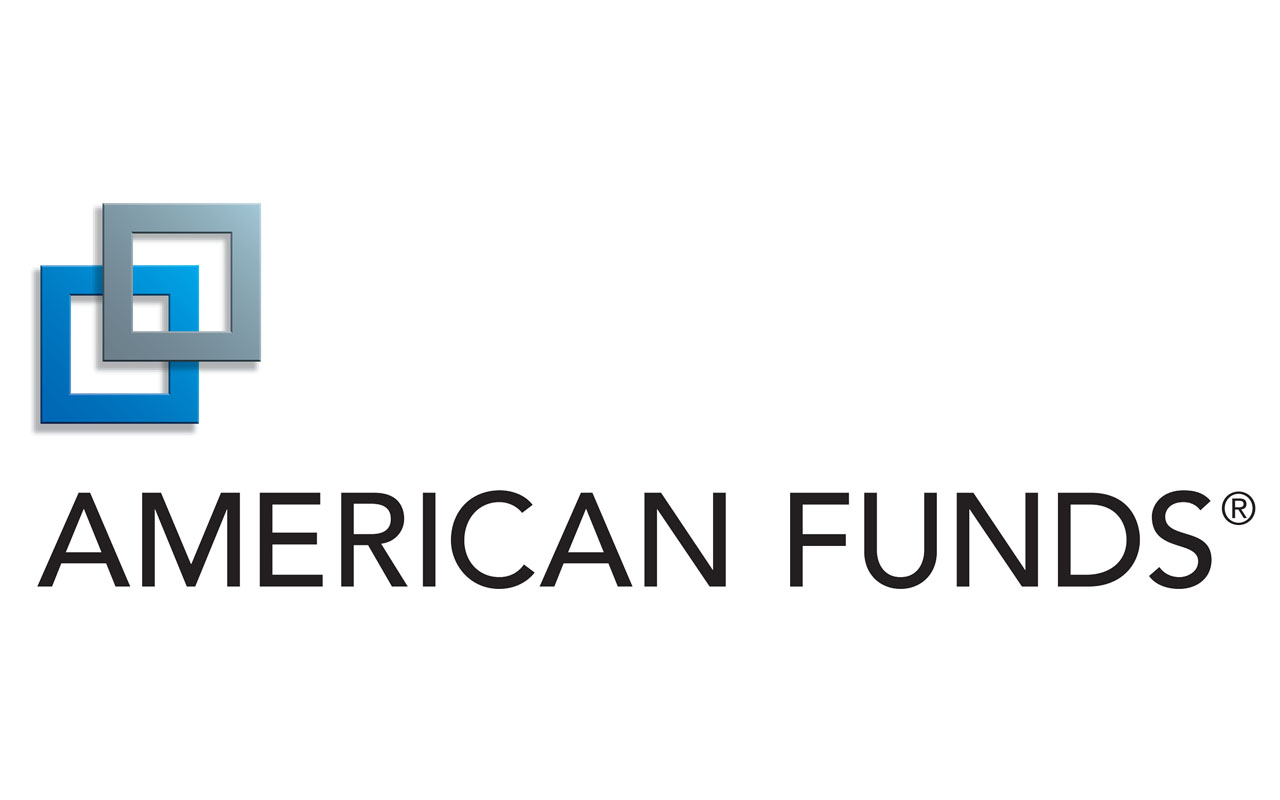
American Funds Washington Mutual Investors F1
- Market value: $105.1 billion
- Expense ratio: 0.67%
- Minimum Investment: $250
- American Funds Washington Mutual Investors F1 (WSHFX, $44.95) is one of the most conservative funds from a very conservative fund shop. All but 10% of the stocks must be in the Standard & Poor’s 500-stock index, all but 5% of the stocks must pay dividends and 80% of firms must have paid dividends in at least eight of the past 10 years. The fund also steers clear of companies involved in defense, tobacco or alcohol.
Washington Mutual is designed to earn decent returns in bull markets and hold up better than its competitors in rocky markets. The fund is about 5% less volatile than the S&P 500 and did better than the benchmark in the last two bear markets. In the past 10 years, the fund has returned 9.3% — a bit less than the S&P, but easily topping the Russell 1000 Value.
WSHFX sticks largely to mega-caps. The average market capitalization of its stocks is $105 billion — almost double that of the S&P 500. The fund’s eight managers, each of whom is responsible for a percentage of the fund’s assets, don’t like to trade; stocks stay in the fund an average of eight years.
In a theme you’ll see repeated in other funds in this article, Washington Mutual is not a deep-value fund. In fact, it currently lands in the large blend category in Morningstar’s style box. But in more ordinary times, expect it to tilt harder to value.
American Funds, which used to be available only through investment advisors, offers F1 shares that can be purchased through online brokerages, including Fidelity and Schwab.
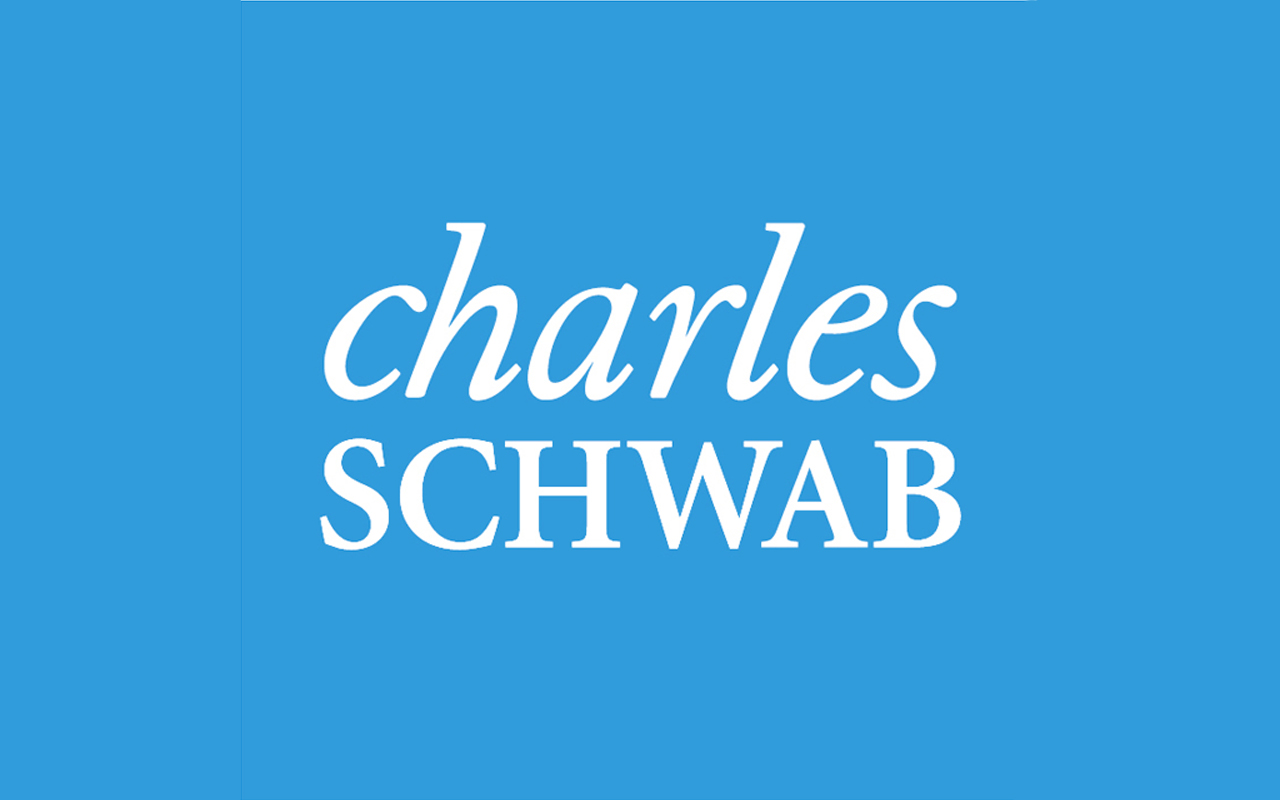
Schwab U.S. Dividend Equity ETF
- Market value: $7.6 billion
- Expense ratio: 0.07%
- Minimum Investment: N/A
- Schwab U.S. Dividend Equity ETF (SCHD, $50.48) makes a perfect addition to a portfolio that’s grown a bit too heavy in growth stocks. The exchange-traded fund is loaded with large, profitable, dividend-paying stocks that nevertheless are in the undervalued part of town. Top holdings are Exxon Mobil (XOM), Home Depot (HD), Intel (INTC) and Pfizer (PFE) — each roughly 5% of the fund.
Launched in 2011, the fund returned 11.5% over the past five years — slightly lagging the S&P but trouncing the Russell 1000 Value. The fund is just about as volatile as the S&P. However, aiding the fund’s returns is a miniscule expense ratio of just 0.07% annually, or $7 for every $10,000 invested.
The fund starts with the 2,500 largest U.S. stocks and looks for those that have consistently paid dividends over the past decade. Next it scores the remaining stocks on several indicators of quality. The fund winds up with 100 nice-yielding stocks — the fund yields 2.6% — with good fundamentals.
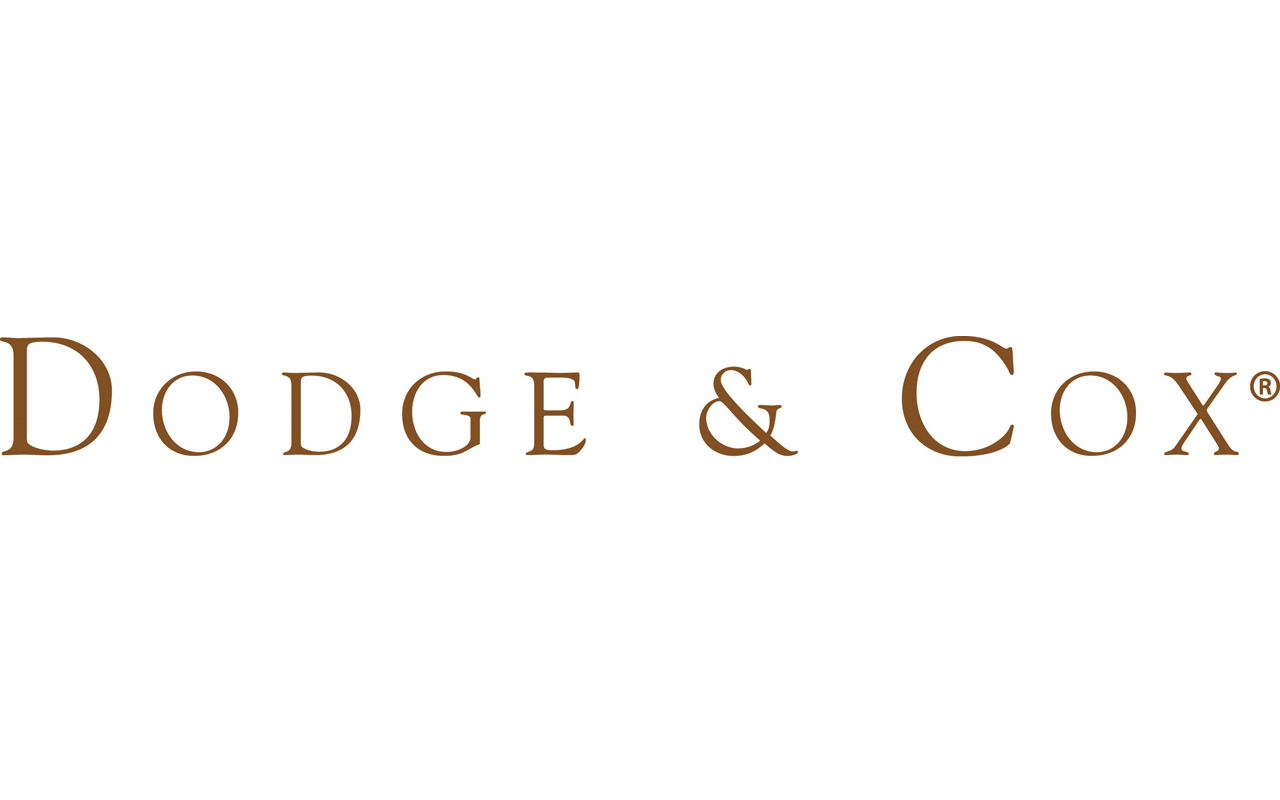
Dodge & Cox Stock
- Market value: $69.9 billion
- Expense ratio: 0.52%
- Minimum Investment: $2,500
- Dodge & Cox Stock (DODGX, $206.61) is a longtime Kiplinger favorite. It’s a member of the "Kiplinger 25" best no-load mutual funds. Launched in 1965, the fund boasts nine co-managers, two of whom have been on the fund since 1992. A seasoned analyst staff supports the managers. As with the much larger American funds, analysts and managers frequently stay at Dodge & Cox their entire careers.
The fund invests in large-company stocks that are statistically cheap on a variety of measures. Dodge & Cox often buys stocks that face what management views as temporary challenges. Stocks stay in the fund an average of eight years. The fund currently owns big slugs of financial services (28% of assets), healthcare (22%) and technology (17%).
Over the past 10 years, the fund has trailed the S&P by roughly half a percentage point per year, but it has beaten the Russell 1000 Value by more than a percentage point.
One caveat: Dodge & Cox is volatile — about 20% more volatile than the S&P. That hurt the fund in the 2007-09 bear market.
“All told, this fund requires patience,” says Andrew Daniels, a Morningstar analyst. “It likely will reward investors willing to stomach short-term pain, but it is not for everyone.”
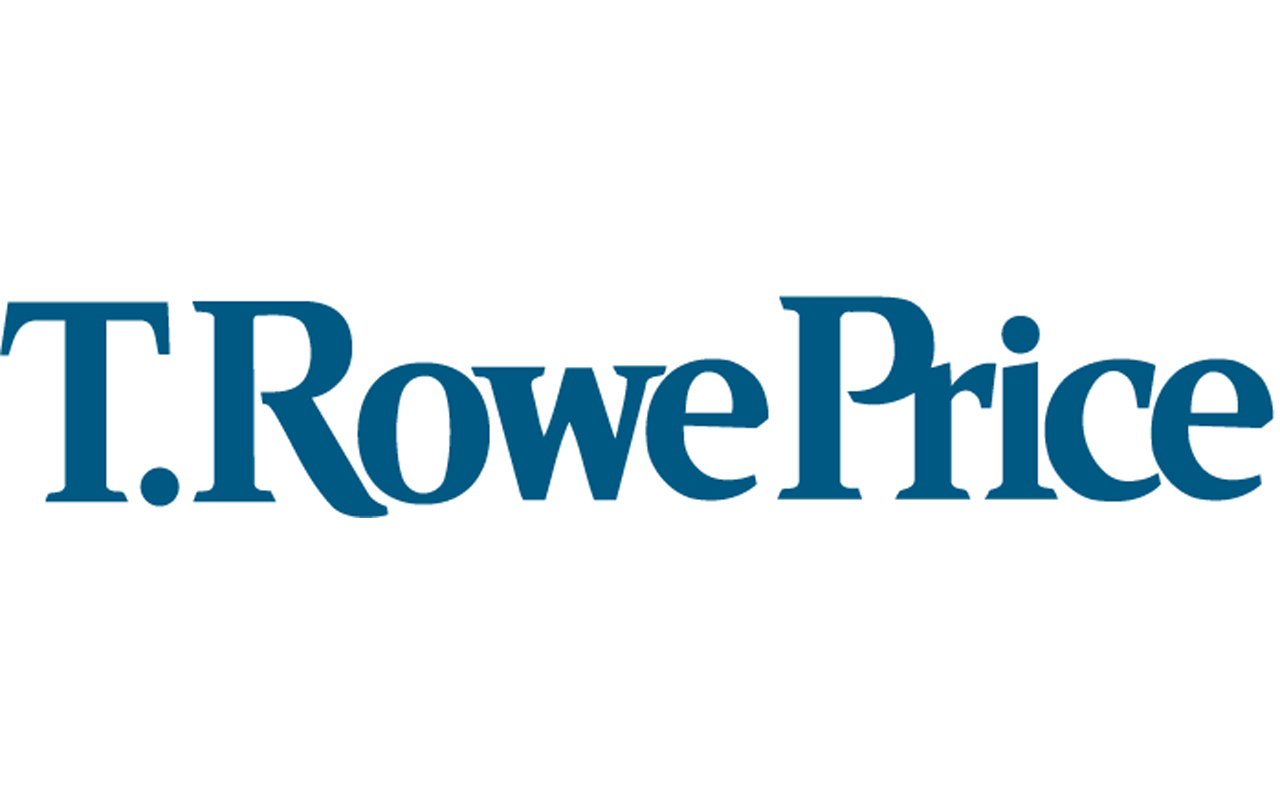
T. Rowe Price Value
- Market value: $25.4 billion
- Expense ratio: 0.8%
- T. Rowe Price Value (TRVLX, $37.18) has a 5% position in Microsoft (MSFT), which has a trailing 12-month P/E of 68, and a forward P/E of 30 based on estimated earnings for the next four quarters. While most of Manager Mark Finn’s holdings are more value-oriented, the Microsoft holding illustrates that this isn’t a pure value offering.
Says Finn: “I’m not going to buy some beaten-down company just because it’s in some index. I make big bets when I believe there’s an opportunity. I shouldn’t have to sell Microsoft the minute it’s no longer a value stock.”
Over the past 10 years, the fund has returned an annualized 9.3% — about one-half percentage point less than the S&P 500 and about 1 percentage point better than the Russell Value per year. The fund is about as volatile as the S&P.
Finn, who has been at T. Rowe since 1990, is supported by the firm’s deep and experienced analysts.
“Over the very long term, buying cheap companies and selling expensive companies works,” Finn says. “The trick is to avoid value traps.” Newspapers and most retail stocks are some categories currently in that latter category.
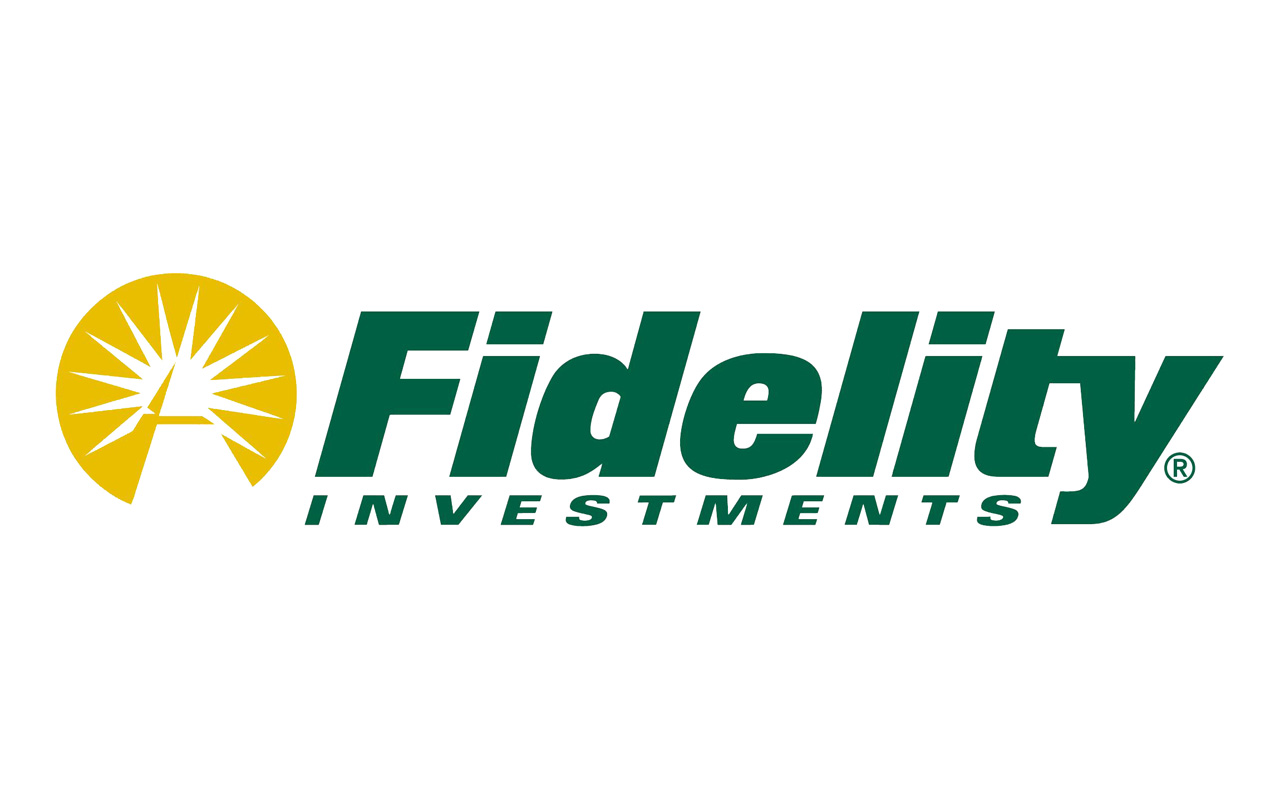
Fidelity Low-Priced Stock
- Market value: $36.3 billion
- Expense ratio: 0.68%
- Fidelity Low-Priced Stock (FLPSX, $56.18) can’t produce good returns and bumblebees can’t fly. Of course, neither is true. But the $36 billion Fidelity fund with 950 stocks with an average market capitalization of less than $8 billion, on its surface, looks like an invitation to trouble.
But consider the returns. Over the past 10 years, the fund returned an annualized 9.9%, essentially tying the S&P while beating the average mid-cap value fund by about 1 percentage point per year. What’s more, the fund topped its average competitor over more recent periods, too. Plus, the fund is 10% less volatile than the S&P 500 and 25% less volatile than the average mid-cap value fund. That has helped FLPSX outpoint its peers in bear markets.
The genius behind this compelling fund is Joel Tillinghast, who has run it since inception in 1989. Co-managers run 6% of assets, which has only a little material effect on returns. The fund holds stocks, on average, for 12 years.
By prospectus, the fund must buy only stocks selling for less than $35 a share — a silly rule to some, but one that has served Tillinghast well.
Critics point out that Tillinghast has done better with a couple of new, smaller funds — one available to Canadian investors and the other available only as part of Fidelity target-date retirement funds. But Low-Priced Stock remains a superb choice.
Steve Goldberg is an investment adviser in the Washington, D.C., area.
Profit and prosper with the best of Kiplinger's advice on investing, taxes, retirement, personal finance and much more. Delivered daily. Enter your email in the box and click Sign Me Up.

-
 Is Home Insurance Tax Deductible?
Is Home Insurance Tax Deductible?With home insurance rates on the rise, you might be hoping to at least claim the cost as a tax deduction. Here's what you need to know ahead of tax season.
-
 The December Jobs Report Is Out. Here's What It Means for the Next Fed Meeting
The December Jobs Report Is Out. Here's What It Means for the Next Fed MeetingThe December jobs report signaled a sluggish labor market, but it's not weak enough for the Fed to cut rates later this month.
-
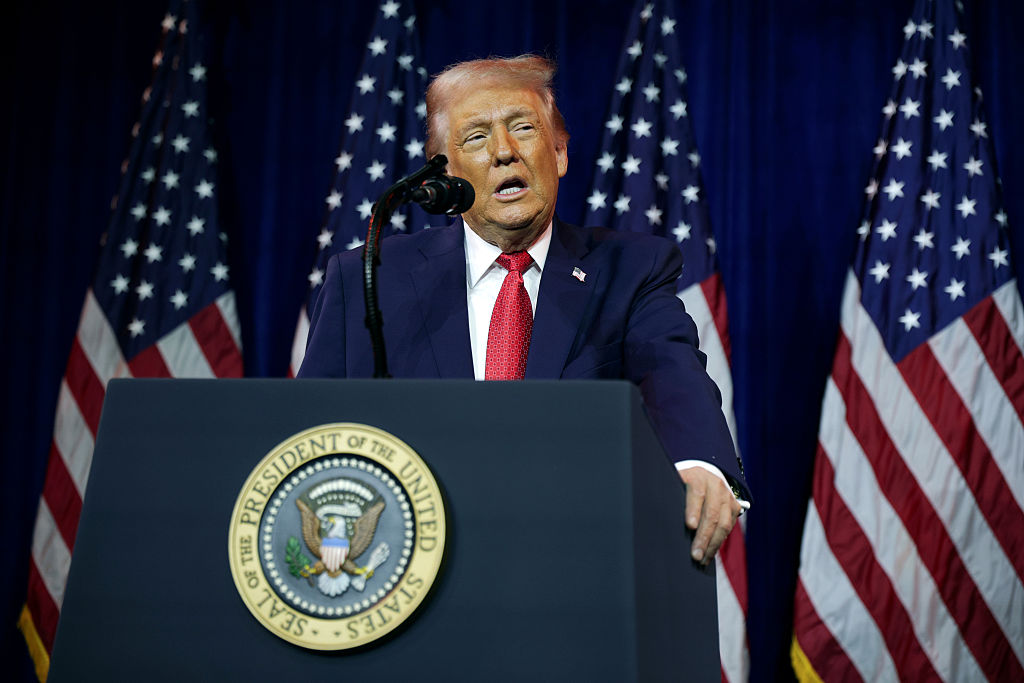 Trump Signals Plan to Ban Institutional Investors From Buying Single-Family Homes
Trump Signals Plan to Ban Institutional Investors From Buying Single-Family HomesThe president says the move could improve housing affordability. Here’s what the data shows about investor ownership, recent buying trends and what it could mean for homebuyers.
-
 Nasdaq Takes a Hit as the Tech Trade Falters: Stock Market Today
Nasdaq Takes a Hit as the Tech Trade Falters: Stock Market TodayThe Dow Jones Industrial Average outperformed on strength in cyclical stocks.
-
 Dow Hits New High Then Falls 466 Points: Stock Market Today
Dow Hits New High Then Falls 466 Points: Stock Market TodayThe Nasdaq Composite, with a little help from tech's friends, rises to within 300 points of its own new all-time high.
-
 Dow, S&P 500 Rise to New Closing Highs: Stock Market Today
Dow, S&P 500 Rise to New Closing Highs: Stock Market TodayWill President Donald Trump match his Monroe Doctrine gambit with a new Marshall Plan for Venezuela?
-
 'Donroe Doctrine' Pumps Dow 594 Points: Stock Market Today
'Donroe Doctrine' Pumps Dow 594 Points: Stock Market TodayThe S&P 500 rallied but failed to turn the "Santa Claus Rally" indicator positive for 2026.
-
 Stocks Struggle for Gains to Start 2026: Stock Market Today
Stocks Struggle for Gains to Start 2026: Stock Market TodayIt's not quite the end of the world as we know it, but Warren Buffett is no longer the CEO of Berkshire Hathaway.
-
 Stocks End Volatile Year on a Down Note: Stock Market Today
Stocks End Volatile Year on a Down Note: Stock Market TodayAfter nearing bear-market territory in the spring, the main market indexes closed out the year with impressive gains.
-
 Stocks Extend Losing Streak After Fed Minutes: Stock Market Today
Stocks Extend Losing Streak After Fed Minutes: Stock Market TodayThe Santa Claus Rally is officially at risk after the S&P 500's third straight loss.
-
 Santa Claus Rally at Risk as Tech Stocks Slump: Stock Market Today
Santa Claus Rally at Risk as Tech Stocks Slump: Stock Market TodayThe Nasdaq Composite and Dow Jones Industrial Average led today's declines as investors took profits on high-flying tech stocks.
